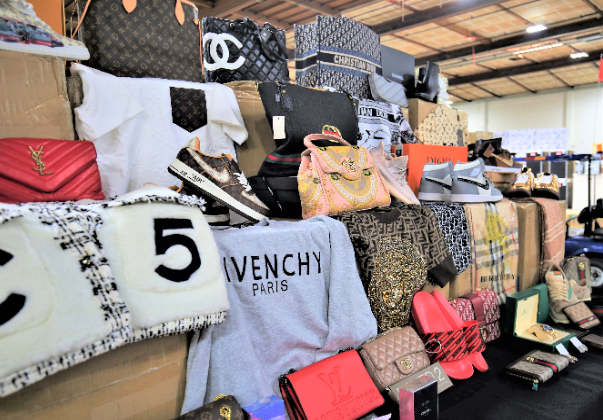The global trade in counterfeit products continues a growing trend that is of concern to companies with international brands.
Both The Anti-Counterfeiting Group (ACG) and U.S. Customs and Border Protection (CBP) have detailed figures on the problem.
The UK-based ACG is one of the world’s leading anti-counterfeiting organizations. It represents 3,000 brands in 130 countries and has an Intelligence Coordinator, and is key in the global fight against this crime.
Global trade in counterfeit products
Technological advances have transformed communication, e-commerce and logistics, creating legitimate opportunities. However, they have also allowed criminals to exploit gaps between legal systems and the marketplace, affecting intellectual property rights.
Corsearch’s research estimates that global trade in counterfeit goods will reach $1.79 trillion by 2030, up 75% from 2023. This growth would exceed 3.6 times that of the global economy over the same period.
According to CBP, e-commerce has driven the arrival of small, low-value packages into the United States. More than 90% of counterfeit seizures occur in postal and express courier shipments. These products pose similar risks to large containerized shipments.
In 2019, trade in counterfeit and pirated goods accounted for $464 billion, equivalent to 2.5% of global trade. U.S. law prohibits importing goods that violate intellectual property rights. In 2023, CBP seized counterfeit goods worth $2.8 billion, mostly in low-value shipments exempt from tariffs under Section 321 of the Tariff Act of 1930. China was the leading source of seizures.
Government Actions
ACG urged USTR to recognize ongoing efforts, but also to press China for concrete progress with new measures. It is key that examiners reject bad faith trademarks, using ex officio authority as the first line of defense.
In addition, China should uniformly apply examination, opposition and invalidation rules, considering its use of satellite examination centers. It should also evaluate the creation of a strategic authority to coordinate its resources and strengthen intellectual property protection globally.

